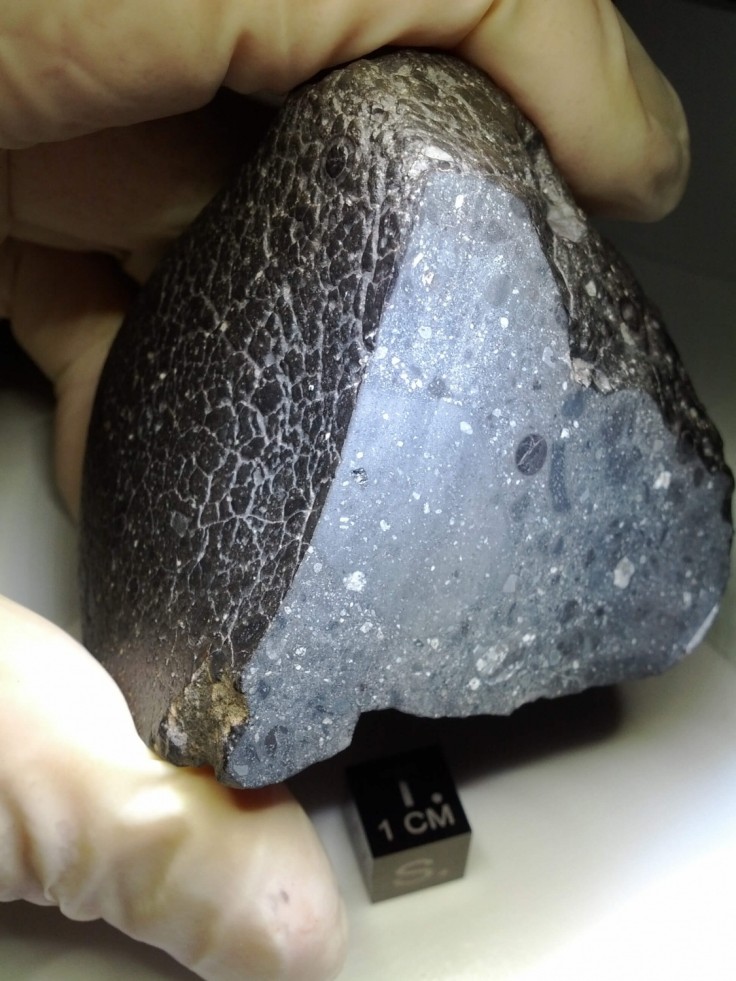The birthplace of the oldest known Martian meteorite that landed on Earth has been identified.
A new study conducted by lead author Anthony Lagain revealed that the meteorite might reveal clues about the origins of the solar system's terrestrial planets like Earth and Mars, along with our solar system itself, per Space.com.
Lagain is a planetary scientist at Curtin University in Perth, Australia.

'Black Beauty' Martian Meteorite Details
The Martian meteorite, named "Black Beauty," was once part of Mars' crust, specifically in the Karratha crater, named after the Australian city of Karratha - the home of Earth's oldest rocks, according to Lagain and his team's study.
Their study suggests that the oldest fragments of the Black Beauty were likely dug out from Mars 1.5 billion years ago by a cosmic impact that formed the 24-mile-wide Khujirt crater in Mars' southern hemisphere, specifically from Mars' Terra Cimmeria-Sirenum province. Over time, an impact that followed the one that formed the Khujirt crater five to 10 million years ago blasted Black Beauty's fragments off Mars.
This impact that followed the formation of the Khujirt crater eventually formed the Karratha crater from which Black Beauty came.
Thanks to the impact's force, Black Beauty escaped Mars' atmosphere and gravitational pull, traveled the vastness of space, and landed on Earth 4.5billion years ago, specifically in Morocco.
Black Beauty wouldn't be discovered by NASA until 2011, but it didn't know where on Mars it came from until now.
Lagain said that the origin of Martian meteorites was an old enigma and that discovering the birthplace of Black Beauty is "pretty much [the] equivalent to a free sample-return mission."
The Meaning Of The Discovery of Black Beauty's Birthplace
Black Beauty is classified by NASA as an ungrouped achondrite, or a single stone with a shiny, black surface that has porphyritic breccia with numerous dark and light-colored phenocrysts and clasts of variable size and texture, set in a clastic interior.
The discovery of Black Beauty's birthplace could play an important role in understanding Mars' orgins as it contains the planet's oldest rocks, according to Interesting Engineering.
Mars is widely believed by experts to be 4.53 billion years old, while Black Beauty is only 4.48 billion years old. If it could talk, it would easily describe Mars' earliest years, environment, geography, and landscape back in its time.
The meteorite could be the peephole scientists and experts could use to study the early solar system in the meantime. The Martian rock samples from NASA's Mars Perseverance rover are expected to return to Earth from Mars by 2033, thanks to a revision to NASA and the European Space Agency's original plan.
Mars' Terra Cimmeria-Sirenum province, Lagain said, hosts the clues to "understand[ing] the first stage of evolution and differentiation of the planet. If one wants to udnerstnad how Mars formed and evolved, then we need to analyze this province much more than we do right now."
Lagain also added that it is important to send a rover or drone to the region to help experts understand what happened on Mars and Earth 4.5 billion years ago.









